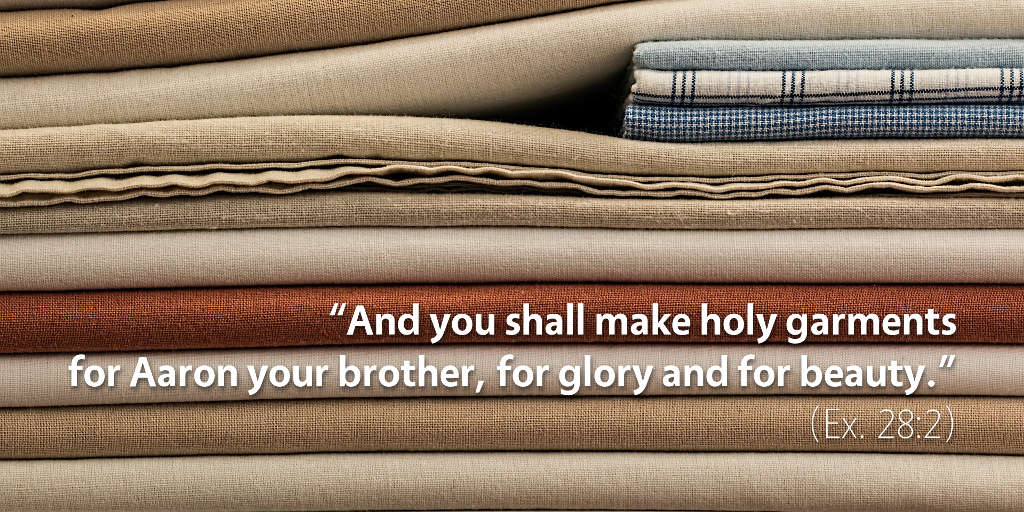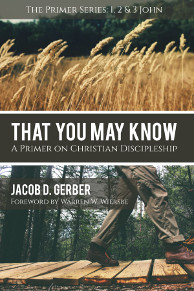Bible Readings for March 17th
Exodus 28 | John 7 | Proverbs 4 | Galatians 3
The garments described in Exodus 28 are holy garments (Ex. 28:2) for a holy priesthood, even down to the plate that they wore on their turbans with the inscription “Holy to the LORD” (Ex. 28:36). The purpose of these garments was “for glory and for beauty” (Ex. 28:2, 40)—that is, they were created to reveal something about the glory and beauty of Yahweh and also of his covenant relationship to his people.
First, these garments reveal that the priests served as the representatives of Israel before Yahweh. So, their ephods contained two onyx stones with each tribe of Israel engraved on them (Ex. 28:9–12), and their breastpieces included twelve precious stones with the names of the tribes of Israel (Ex. 28:15–21). Additionally, the Urim and Thummim, which Aaron would carry on his heart inside the breastpiece, represented the judgment of the people of Israel when Aaron entered into ministry before Yahweh (Ex. 28:30).
Second, these garments were designed to reveal that the priests served as the representatives of Yahweh before Israel. Part of this relationship is mediated through the Urim and Thummim, which would be used to cast lots to determine Yahweh’s direction and guidance for his people. But another part of how the priests would represent Yahweh to the people of Israel is by giving Israelites a glimpse of life lived out in the beauty of Yahweh’s glory. Priestly ministry represented the work that Adam had been given in the Garden of Eden, when he had been commanded to “to work it (‘abad) and keep it (shamar)” (Gen. 3:15), words that are used constantly in the Pentateuch to describe priestly duties.1
So, the pomegranates embroidered on the priestly garments (Ex. 28:33–34) recalled the Garden of Eden. The tabernacle was built to recreate Eden, with the priests picking up the priestly (gardening!) duties that Adam himself failed to complete.
But the priestly garments didn’t simply look backward to Eden—they also look forward to the New Jerusalem that we read about in Revelation 21. The same precious stones used in the breastpiece to represent the twelve tribes of Israel we see adorning the foundations of the wall of the New Jerusalem in Revelation 21:19–20.2
The reason for this is simple: Yahweh designed the priestly garments to tell us not only something about the old covenant ministry that he was entrusting to the priests but also about the New Covenant ministry that he would inaugurate in our Great High Priest, the Lord Jesus Christ. Jesus is the one who represented Israel before Yahweh, offering himself up as a once-for-all sacrifice, and Jesus is the one who represented God to us when he took on flesh and dwelt in our midst.
The entire tabernacle—right down to the priestly garments—points us to the ultimate “Holy to the LORD” priest, our Lord Jesus Christ.
1 G. K. Beale, The Temple and the Church’s Mission: A Biblical Theology of the Dwelling Place of God (Downers Grove, IL: IVP Academic: 2004), 81.
2 Ibid., 39.
Podcast: Play in new window | Download (5.2MB) | Embed
Subscribe: Apple Podcasts | RSS | More

Scripture quotations are from The Holy Bible, English Standard Version copyright © 2001 by Crossway Bibles, a division of Good News Publishers. Used by permission. All rights reserved.


